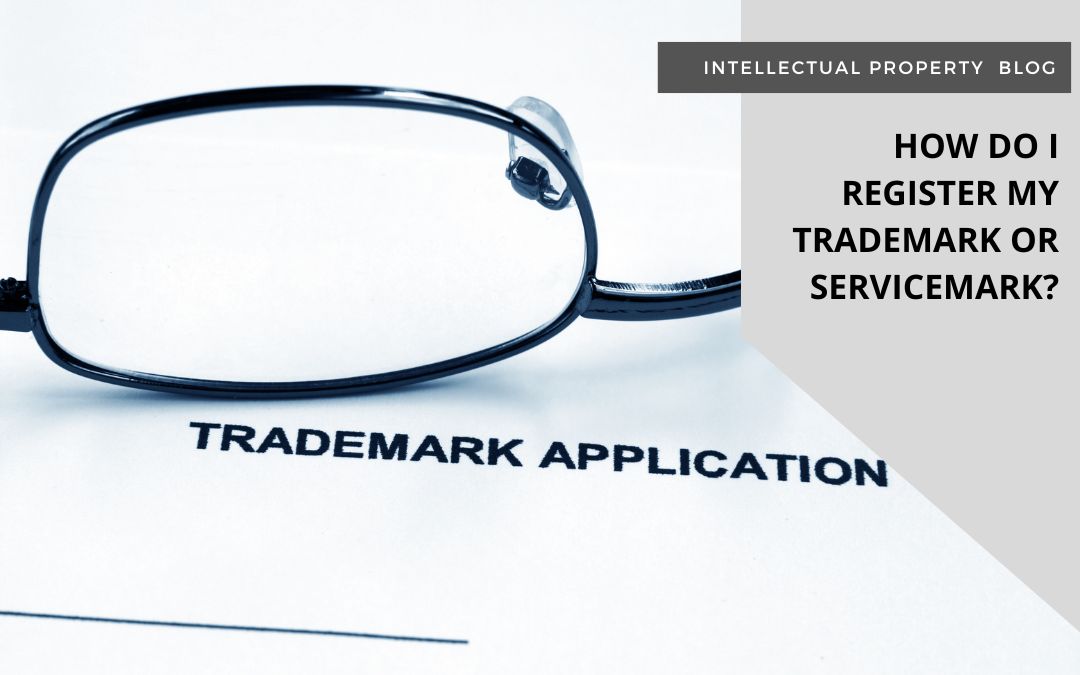You may register your trademark or service mark at the state level, federal level, and international levels.
State Level
Registering at the state level gives you limited protection for two reasons. First, your marks are not protected if your business or brand expands beyond the state in which you registered. Second, some states do not offer a mark database which means competitors would not have a way to know your mark is protected. It places a greater burden on the mark owner to police and enforce protections. The United States Patent Office keeps an active page of state trademark information links, which you can access at https://www.uspto.gov/trademarks/basics/state-trademark-information-links
International Level
International trademark or servicemark registration is more complex as there is no system for global registration. The process to register your marks vary from country to country. This process is somewhat simplified by the Madrid Protocol. Established in 1891, the Madrid Protocol is an international treaty that has been expanded over the years. It creates something called an “international registration.” However, it is important to note that it does not create worldwide rights or guarantee acceptance of your marks in each participating country.
By utilizing the process outlined in the Madrid Protocol, mark owners can apply for trademark registration in over 100 member countries through one application process. Once submitted, each country’s trademark office will review your application based on their unique requirements for trademark registration.
Federal Level
Federal registration with the United States Patent Office (USPO) gives your trademark and servicemark protection throughout the United States and its territories. Unlike some states, the federal government does maintain a publicly accessible database of registered trademarks. This makes it easier for individuals and companies creating new marks to see if that mark is already protected.
While the database allows for public notice, there is no guarantee that a creator of a new mark will check the database or comply with trademark law. The USPO is clear that they are not an enforcement agency and that all responsibility for monitoring trademark and service violations and pursuing legal protections lie with the mark owner.
The process for applying for a trademark or servicemark registration is complex. The USPO strongly recommends that mark owners conduct thorough research into the trademark registry database to ensure they do not apply to register a mark that either already exists or a very similar one already exists.
Mark owners must clarify the type of mark they want to register, such as a simple character trademark versus a full-color logo. The more complex the mark, the more detailed the application. The use of the mark, the geographic area involved, and other factors change the type of forms, the process, and the fees for the application.


